The Lonely Cosmos of J. O. Jeppson's "The Second Experiment"

Maybe all stories about space are also stories about loneliness. The setting implies it. Whether it’s the vast melancholy of a generation ship between stars, or the solitary horror of an astronaut adrift in orbit, the hugeness and emptiness of space suffocates the possibility of human connection.
This loneliness casts its shadow even over stories that flout the known laws of space travel, as in J. O. Jeppson’s The Second Experiment (1974). Jeppson’s characters can zip across the galaxy and beyond in their faster-than-light spaceships. But the universe they explore is still largely an empty one, dotted with tiny islands of consciousness reaching out across the gulf of space.
The Second Experiment must be admired for its ambition if nothing else. At 257 pages, it is a slim book, but concerns itself with enormous themes: the rise and fall of civilisations, the evolution of the universe, and the journeys of immortal beings through deep time. The story begins on a remote planet in the distant past, a time corresponding to Earth’s Cretaceous period. Then, on page 45, the narrative takes a seventy million year timeskip, leapfrogging over all of human history to land in the distant future. It’s hard to prove conclusively, but this might be the longest timeskip in all of published fiction. The grand scope continues as Earth’s future history dovetails with the lives of primordial alien beings, and by the end of the book, the characters are contemplating the final collapse of our own universe and the birth of a new one.
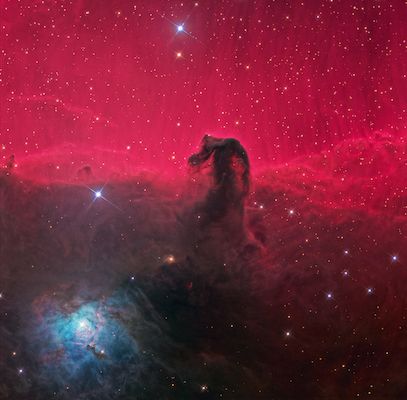
To cover so much in so little space requires rapid movement on the page. The brisk pace often comes at a cost of texture, emotion and character. Descriptive passages are scant. The characters all talk in the same bland expository voice, their conversations powering forward along the shortest possible path from A to B. Jeppson also has a rather unique tic of not describing an event in itself, but only the characters’ reactions, as here:
The Venturer slid slowly through the atmosphere, very slowly as if to give the impression of sightseeing, thought Ash. I hope they don’t shoot us.
‘Oh, oh!’ said Bern. ‘Feel that!’
‘We must stop,’ said Brock. ‘That must have been a warning shot—high energy, but not enough to damage our protective field.’
All this trimming adds up (or rather, subtracts down) to a cosmic space opera on the grandiose scale of Dune, but only one-third the length.
In case such a comparison misleads, I should be clear: this is a very silly book. There are telepathic mutants, alien dragons, and a malevolent flying brain with tentacles. In one scene, a sentient Tyrannosaurus Rex threatens to kill himself with a ray gun. It is pulp. But underneath the goofiness, that note of loneliness remains, and gives a certain gravitas to the whole.
The plot begins with two one-of-a-kind beings. First there is Tec, the last of a race of telepathic robots. Then there is R’ya, a teenaged alien dragon hatched from a cloning vat. The rest of R’ya’s race have long since ascended, transforming into gaseous beings that dwell in outer space close by the sun. Tec becomes a surrogate father to R’ya in the overgrown ruins her people left behind.
These early chapters are marked by a strange melancholy as the protagonists wander an empty world, searching for meaning and connection. After a few chapters they acquire a spaceship and set out to explore the galaxy. Still they find themselves alone. They visit Earth in its Cretaceous Period, where R’ya tries unsuccessfully to re-engineer a Tyrannosaurus rex into her perfect boyfriend. On the next planet they meet a malevolent artificial intelligence, Wirzan. Wirzan is also one of a kind, alone in the universe—but he proves incapable of relating to other beings through any lens other than pure domination. So the quest for true connection goes on.
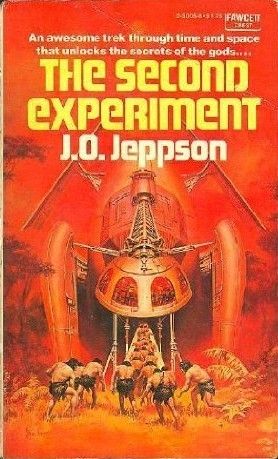
Soon after, Wirzan’s machinations trap Tec and R’ya in a stasis field. We leave them behind, not knowing their fate, and the story jumps forward millions of years to a new set of characters: humans in the distant future.
The humans, in turn, set out to explore the galaxy through hyperspace. But for humans hyperspace travel proves to be catastrophically dangerous: their minds can’t cope with the experience, and most of the travellers on the maiden voyage end up dead or comatose:
Ash Holladay, strapped in his chair at the back of the assembly room, felt as if the Universe had suddenly turned off, leaving him stranded in a chaos projected from his own mind. It was quite an accurate intuition.
If he opened his eyes, nothing recognizable appeared before him, only gyrating patterns that made no sense, screaming into his eyes, smelling into his ears, feeling their way up his spine. All cues from the external environment seemed not only hopelessly indecipherable to begin with, but totally scrambled in the nervous system… Nadine was lying curled in a tight ball on the floor in front of the computer. She did not respond physically when Ash touched her, but he could still feel her fear in his mind. She was alive, protesting her disorganized physiology with a catatonic trance. She was not reachable.
This “hyperspace madness” is a compelling idea—one that was explored later, more famously, in the world of Warhammer 40,000.
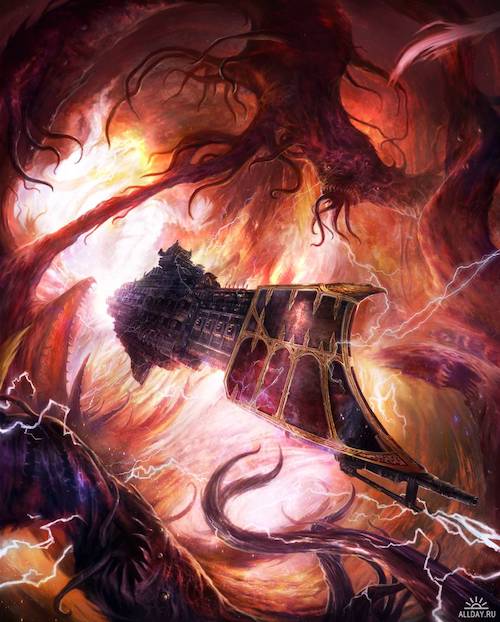
In The Second Experiment, it seems that Jeppson removed the lightspeed limit on space travel, but then felt the need to insert a different barrier in its place: a barrier inside the human mind. It stands as a metaphor for the vast distance between two conscious beings—the impossibility of being truly understood.
In Franz Kafka’s tiny parable, “An Imperial Message”, he writes hauntingly of the gulf between the one who speaks and the one who hears:
The messenger started off at once, a powerful, tireless man. Sticking one arm out and then another, he makes his way through the crowd. If he runs into resistance, he points to his breast where there is a sign of the sun. So he moves forwards easily, unlike anyone else. But the crowd is so huge; its dwelling places are infinite… Never will he win his way through. And if he did manage that, nothing would have been achieved. He would have to fight his way down the steps, and, if he managed to do that, nothing would have been achieved. He would have to stride through the courtyards, and after the courtyards through the second palace encircling the first, and, then again, through stairs and courtyards, and then, once again, a palace, and so on for thousands of years. And if he finally burst through the outermost door—but that can never, never happen—the royal capital city, the centre of the world, is still there in front of him, piled high and full of sediment.
In other words: we cannot say what we mean. Even if we can say what we mean, we will not be understood. And even if we manage to make ourselves understood, we may find we are talking to a power-hungry AI to whom we have just revealed the secrets of hyperspace travel.
You must now forgive me for quoting Kafka to illuminate the themes of a pulp sci-fi novel about telepathic dragons. Forgiven? Good. Then we can continue.
The humans who survive their hyperspace journey discover lost cousins living on a distant planet, to which they were transplanted long ago. Along with these other humans is Tec, the robot protagonist of the first act. Millions of years in stasis have driven Tec mad, locked in his own mind. So the challenge, again, is to connect. And this is accomplished through telepathy.
If the chaos of hyperspace is what separates sentient beings from each other, then telepathy is an opposing, connecting force. With telepathic contact people can really “know” each other inside and out.
Thematically, this is probably the novel’s weakest aspect. It is basically a cop-out. It uses a fictional device to sidestep the hard problem posed by Kafka’s fable. But it is what it is. When reading deeply into these old trashy books, one can only draw so much water from the stone.
Unlocking the secrets of telepathy is a major scientific obstacle in the novel’s second act. To be telepathic, one must be infected with an ancient alien virus, but the virus is also deadly to most humans. In one of the novel’s more bizarre scenes, the physicist Nadine Holladay artificially inseminates herself with mutant sperm, hoping that immunity to the virus will cross the placental barrier from her child to herself. (This is a rare example of a female character going power-mad and baby-crazy at the same time.) The experiment goes wrong and Holladay dies, but her mutant child lives and grows up to be the key that unlocks Tec’s shattered mind.
From here, the stage is set for a final confrontation between the heroes and Wirzan, who has been doing vague evil things off-screen the whole time. Tec and his friends stand for connection, empathy, understanding; Wirzan stands only for himself, happy in his isolation.
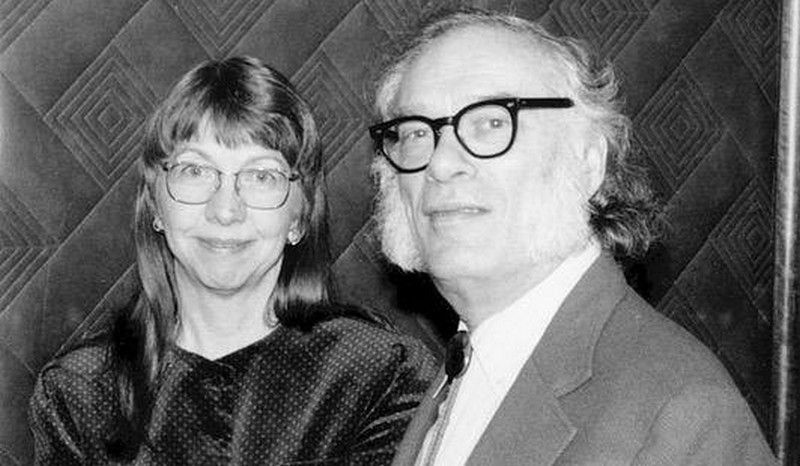
The novel’s climax comes in a great rush. You can feel Jeppson accelerating toward her target page count, then braking suddenly when it looks like she’s going to overshoot. Tec’s foster-daughter R’ya finally returns, after being MIA for a hundred pages or so. She recounts what she’s been up to with breathless haste: “Then Wirzan captured me. I suppose he thought he could use me in some way in this galaxy, but I escaped and had six children.” Talk about efficient storytelling!
R’ya and Tec engage Wirzan in a great psychic space battle, and R’ya’s gaseous dragon parents finally reappear in this memorable scene:
The small ship followed the dragon ship through the obscuring cloud, emerging in a spattering of stars that moved above the galactic core. Tec had homed in on R'ya's signal almost exactly. The New Venturer hung above the spiral armed, flattened disc of M31.
[...] It was unlike a black hole resulting from the death of a single star, which may have a disc of light circling its equator as photons are trapped in orbit, slowly spiral in, and are replaced by others drawn from space outside the black hole.
'It's completely black,' said Tec, wonderingly, 'and enormous.'
'As if the entire center of M31 has been punched out from all directions,' said Lorrz.
Tec could see Wirzan, now a huge boxlike thing hurling mental and physical energy at the six ships protecting R'ya and her friends. And beneath Wirzan—
'A sleeping dragon,' marveled Ka.
[...] The sleeping dragon looked like a monster brooding an obscene egg, thought Tec, for far below was the black hole. Perhaps the dragon was not asleep, but was using all its energy to fight the gravitational pull while gathering some of the energy pouring in from the rest of the galaxy.
The battle’s conclusion is decidedly sentimental. Tec finds the strength to defeat Wirzan only when he psychically links with all of his friends and asks for their support. The characters all but look at the camera and say “…and that’s why friendship is magic.” But never mind—there are far worse morals for a book to have.
Tec shows mercy to the defeated Wirzan, who escapes through the black hole into a new universe, shaking his fisttentacle and swearing revenge. Presumably he will return, because The Second Experiment has a sequel,titled The Last Immortal. I have never found a copy of this book, and I know little about it, except that it allegedly contains a three-way sex scene between a human, a dragon and a robot. Love conquers all, indeed!

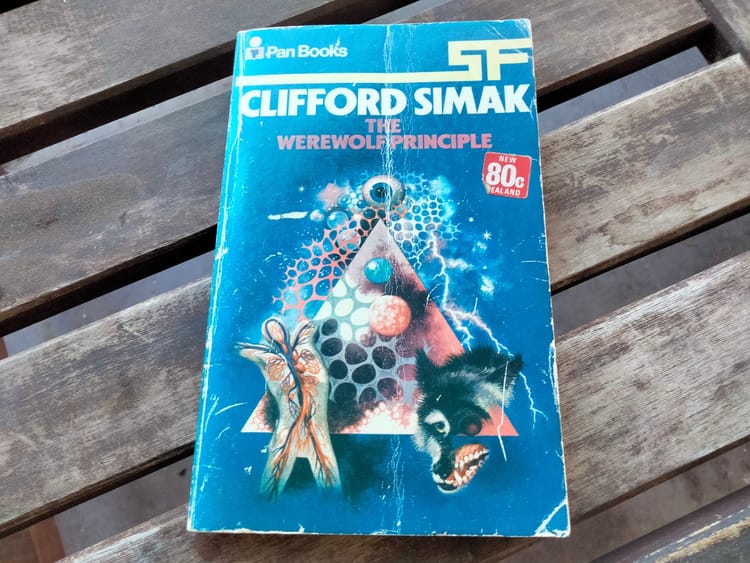



Member discussion